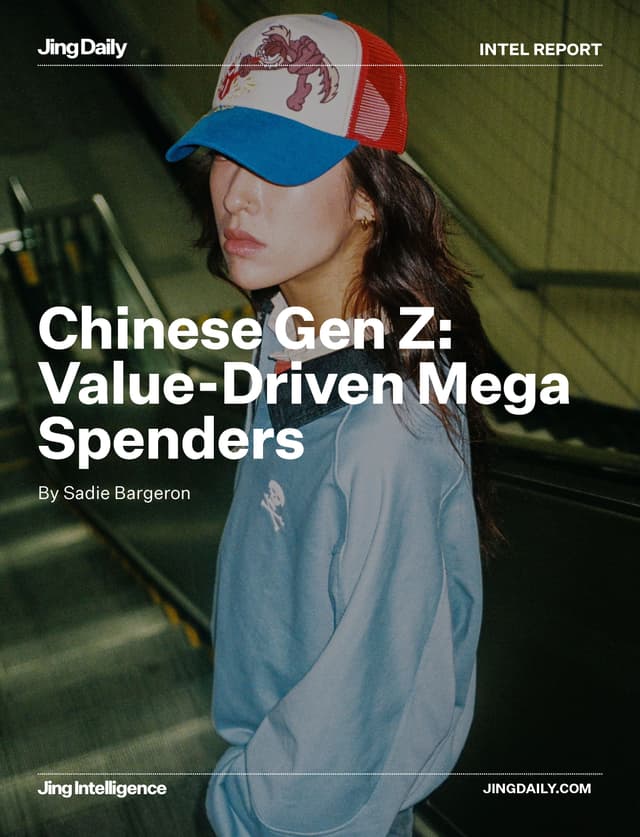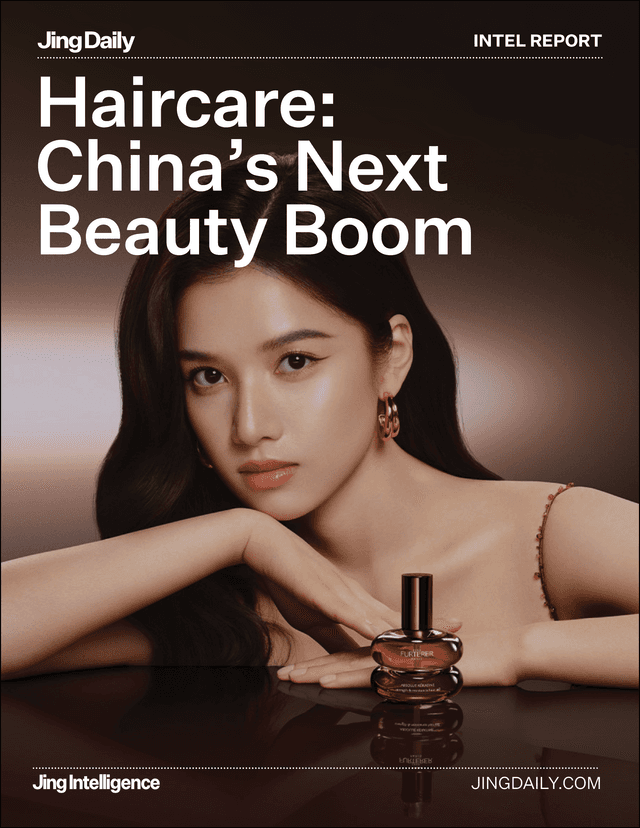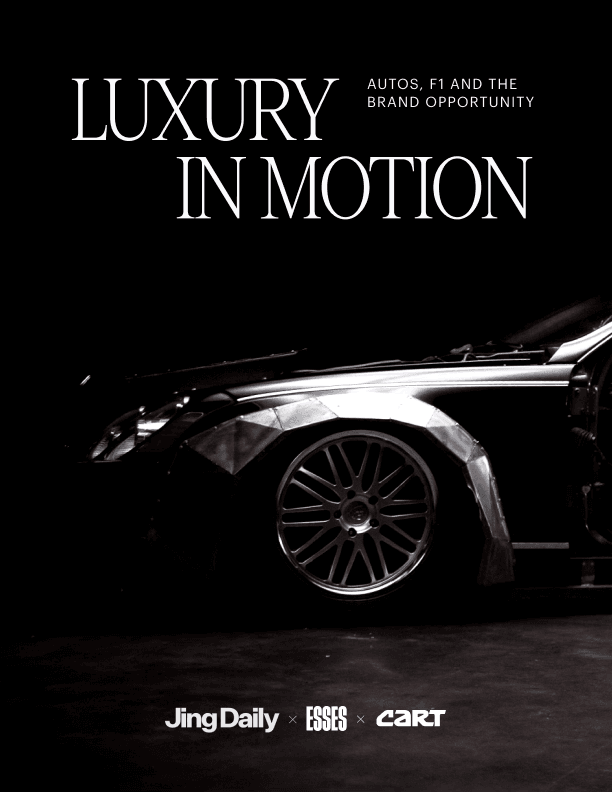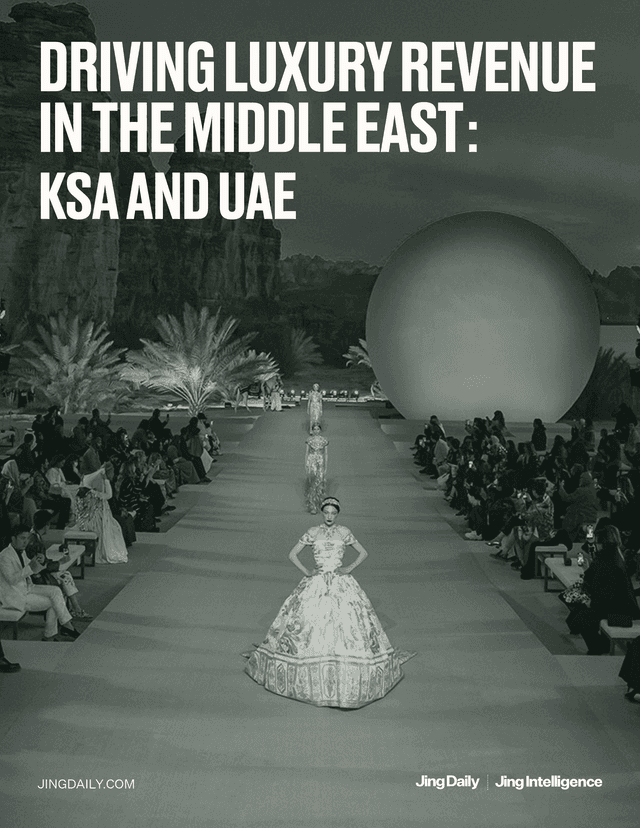Le Fame debuts 2024 F/W collection in Shanghai
IWC Schaffhausen unveils exhibition at Chengdu IFS
Pakistan announces visa-free entry for China
Canada Goose reports strong Apac growth, led by China
Kendall Jenner rocks Mo&Co’s Noir collection as new brand rep
Guerlain taps Karen Mok as new makeup ambassador
BMW’s Q2 profit dips as China sales slow
IWC Schaffhausen unveils exhibition at Chengdu IFS
Hugo Boss misses Q2 expectations, struggles in China
IWC Schaffhausen unveils exhibition at Chengdu IFS








































